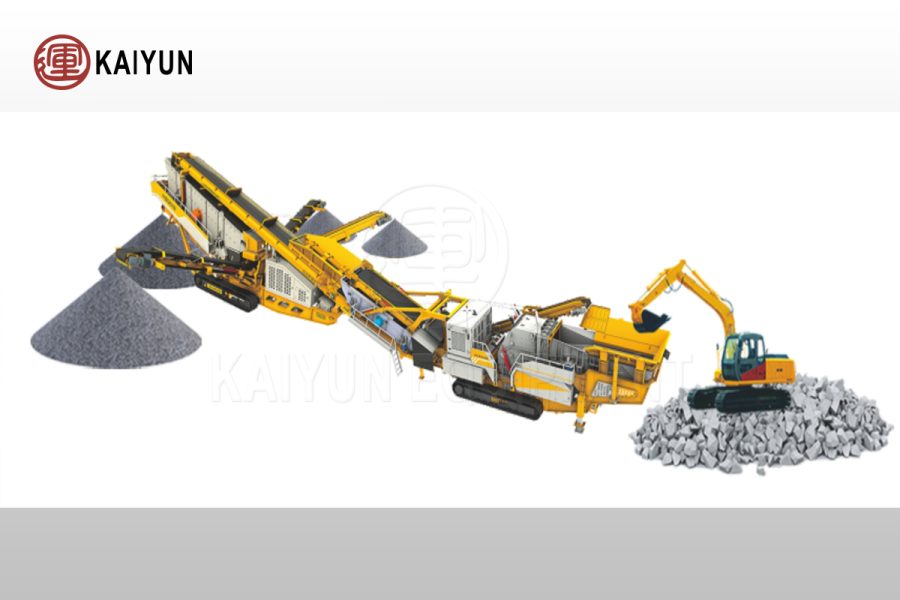In sand and gravel aggregate production, construction projects, and concrete mixing, particle size and mesh count are important indicators of aggregate quality. Understanding their meaning and relationship not only helps select the right materials but also improves project quality and production efficiency.

What is Particle Size?
Particle size refers to the size of sand and gravel particles, generally expressed in millimeters (mm). Aggregates of different particle sizes affect the strength, workability, and construction process of concrete.
Common Particle Size Ranges
Coarse Aggregate: Particle Size > 4.75mm (e.g., crushed stone, pebbles)
Fine Aggregate: Particle Size ≤ 4.75mm (e.g., river sand, manufactured sand)
Particle size not only affects the strength and workability of concrete, but also the economics of construction.
For example:
Too large particle size → poor concrete workability and construction difficulties;
Too small particle size → increased water demand and reduced strength.
Add a brief title
Use a clear and attention-grabbing short paragraph to engage your audience and entice them to take action.

What is Mesh Count?
Mesh refers to the number of holes in a sieve, or the number of holes per inch. The unit is mesh. The larger the mesh, the smaller the holes, and the finer the aggregate that can be sieved.
Formula:
Mesh ≈ 25.4 /Sieve Hole Diameter (mm)
For example:
4-mesh sieve has a hole diameter of approximately 4.75mm;
50-mesh sieve has a hole diameter of approximately 0.3mm.
Relationship between Particle Size and Mesh
1.In sieving tests, “mesh” is often used to indicate the density of a sieve.
Mesh refers to the number of holes per inch.
The larger the mesh, the smaller the holes, and the finer the particles that can be sieved.
2.Common Conversion Reference Table
| Mesh Size | Sieve Diameter | Common Applications |
| 4 Mesh | 4.75 mm | Coarse Aggregate Classification, Gravel |
| 10 Mesh | 2.0 mm | Medium-Fine Aggregate |
| 30 Mesh | 0.6 mm | Manufactured Sand, Fine Sand |
| 50 Mesh | 0.3 mm | Ultrafine Sand |
| 100 Mesh | 0.15 mm | Stone Powder, Mineral Powder |
Why Are Particle Size and Mesh Size Important?
1.Impact on Concrete Properties
Proper particle size distribution can increase concrete density, reduce voids, and enhance strength.
2.Determining Aggregate Applications
Large particle size aggregates are suitable for high-strength structural concrete, while small particle size aggregates are suitable for plaster mortar or decorative sand.
3.Optimizing Production and Screening
Appropriate control of particle size and mesh size helps reduce energy consumption and waste.
Practical Application Recommendations
Manufactured sand production: Control the fineness modulus between 2.3-3.0 to ensure concrete workability.
High-performance concrete: Utilizes continuous grading, covering large, medium, and small particle sizes.
Sand and gravel aggregate exports: Particle size ranges and testing methods are adjusted according to different national standards.
One Stop Customized Plant Selection Solution
We Provide EPC Services
Conclusion
Whether in a sand and gravel processing plant or a concrete mixing plant, mastering particle size and mesh count is key to improving product quality and project performance. Selecting the appropriate particle size and precise mesh count control directly impacts the durability and economic benefits of a project.
If you require a complete production solution for sand and gravel aggregate crushing, screening, and sand production, please contact us for a customized solution.